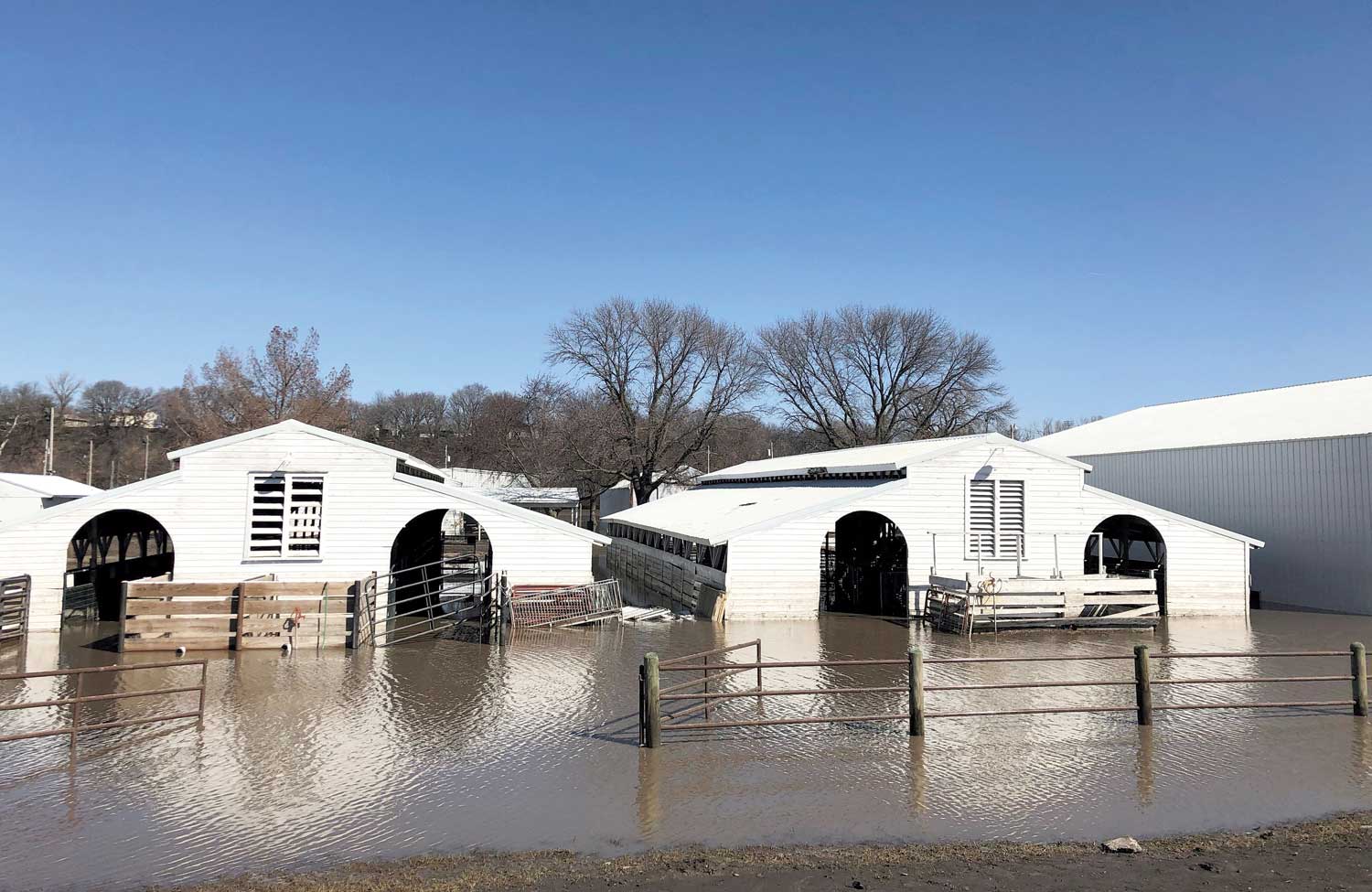

CHICAGO/COLUMBUS: At least 1 million acres (405,000 hectares) of US farmland were flooded after the “bomb cyclone” storm left wide swaths of nine major grain producing states under water this month, satellite data analysed by Gro Intelligence for Reuters showed.
Farms from the Dakotas to Missouri and beyond have been under water for a week or more, possibly impeding planting and damaging soil. The floods, which came just weeks before planting season starts in the Midwest, will likely reduce corn, wheat and soy production this year.
“There’s thousands of acres that won’t be able to be planted,” Ryan Sonderup, 36, of Fullerton, Nebraska, who has been farming for 18 years, said in a recent interview.
“If we had straight sunshine now until May and June, maybe it can be done, but I don’t see how that soil gets back with expected rainfall.”
Spring floods could yet impact an even bigger area of cropland. The US government’s National Oceanic and Atmospheric Administration has warned of what could be an “unprecedented flood season” as it forecasts heavy spring rains. Rivers may swell further as a deep snow pack in northern growing areas melts.
The bomb cyclone of mid-March was the latest blow to farmers suffering from years of falling income and lower exports because of the US-China trade war. Fields are strewn with everything from silt and sand to tyres and some may not even be farmed this year. The water has also destroyed billions of dollars of old crops that were in storage, as well as damaging roads and railways.
Justin Mensik, a fifth-generation farmer of corn and soybeans in Morse Bluff, Nebraska, said rebuilding roads was the first priority. Then farmers would need to bring in fertiliser trucks and then test soil before seeding, Mensik said.
The flood “left a lot of silt and sand and mud in our fields, now we’re not too sure if we’re going to be able to get a good crop this year with all the new mud and junk that’s just laying here,” Mensik said.
For farmers, “the biggest concern right now is corn planting,” said Aaron Saeugling, an agriculture expert at Iowa State University who does outreach with farmers. — Reuters
Oman Observer is now on the WhatsApp channel. Click here



